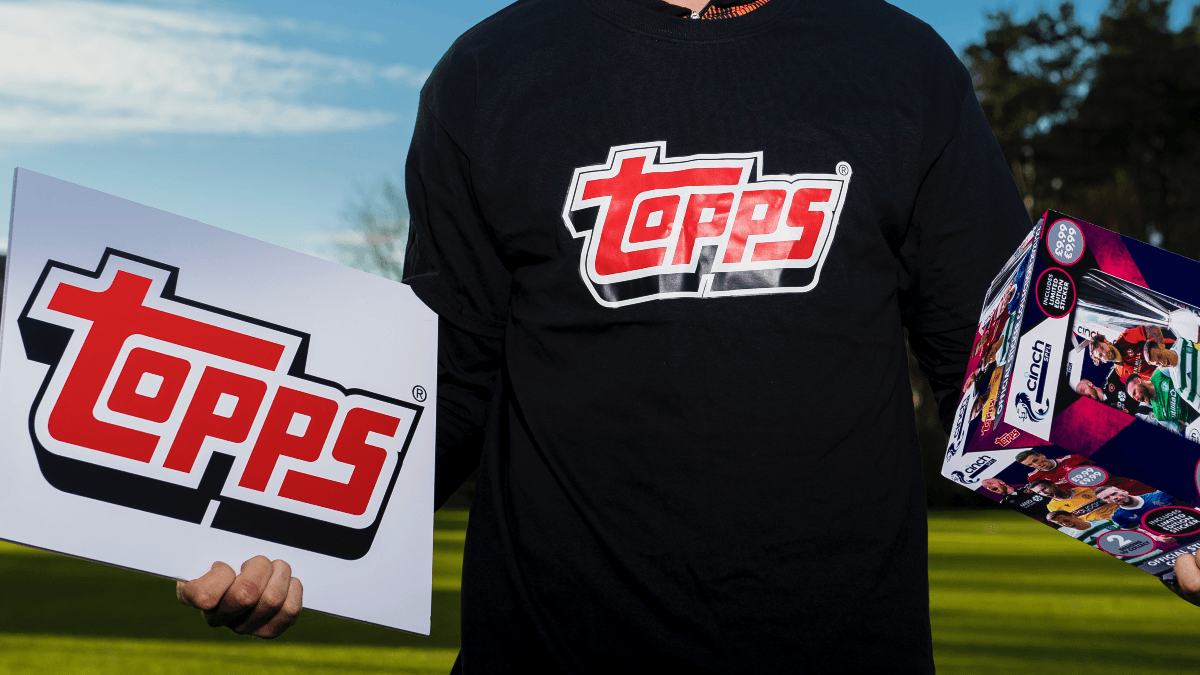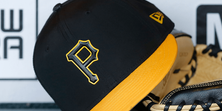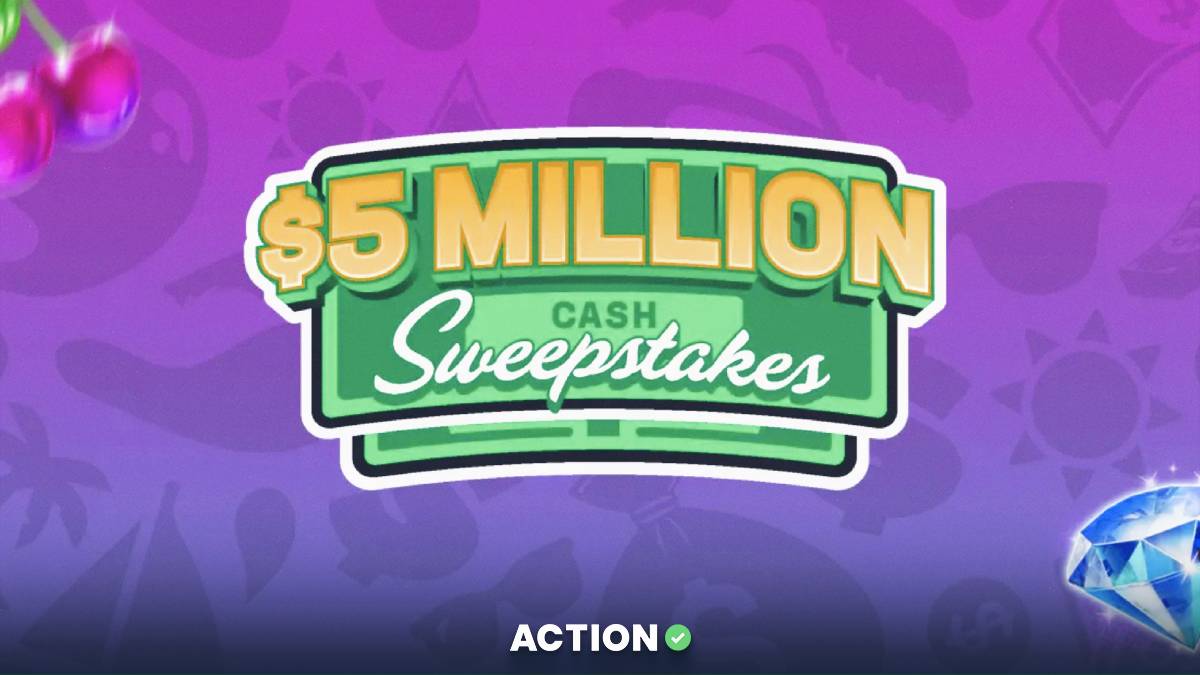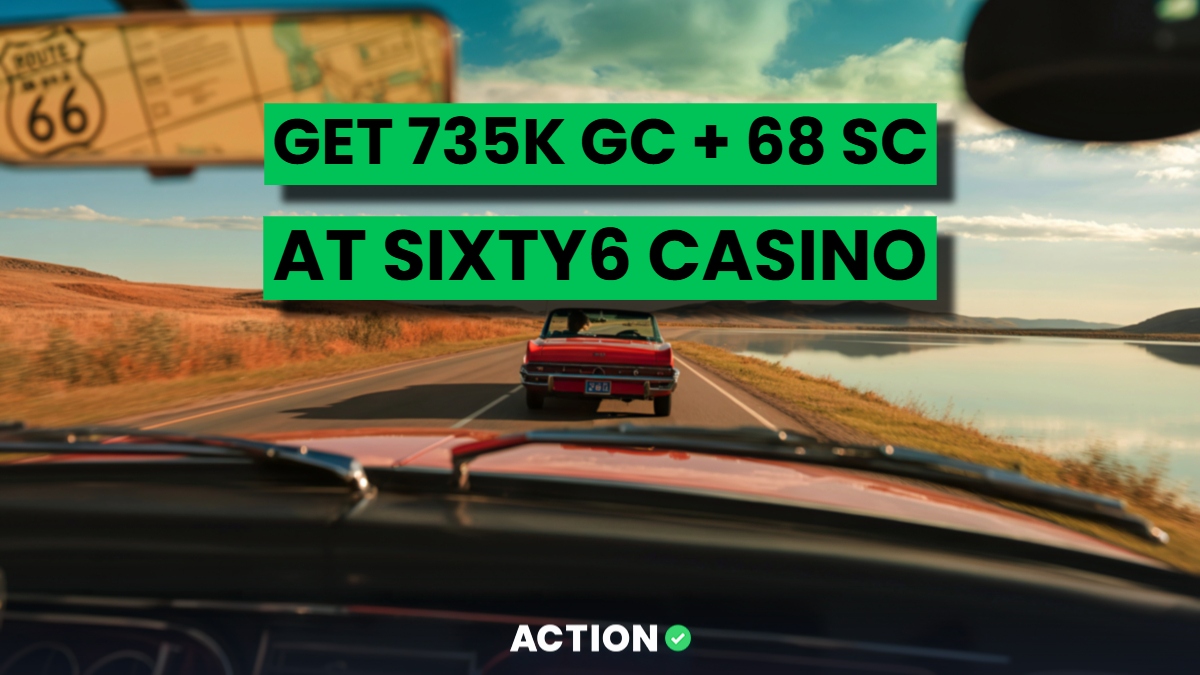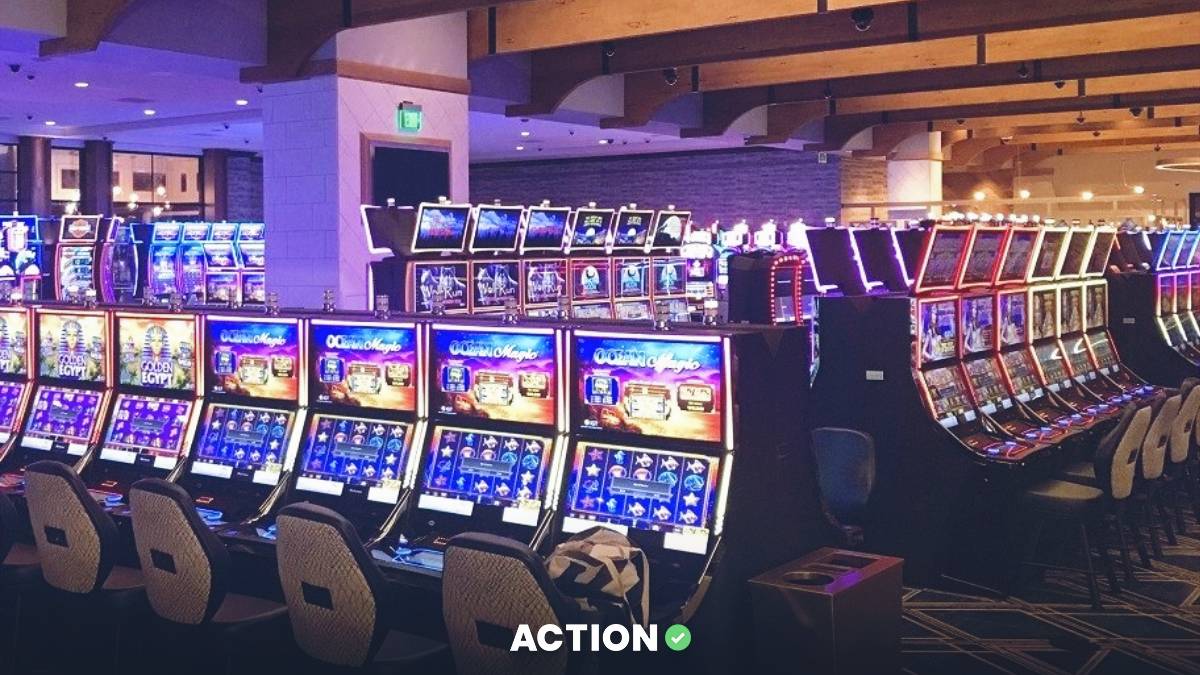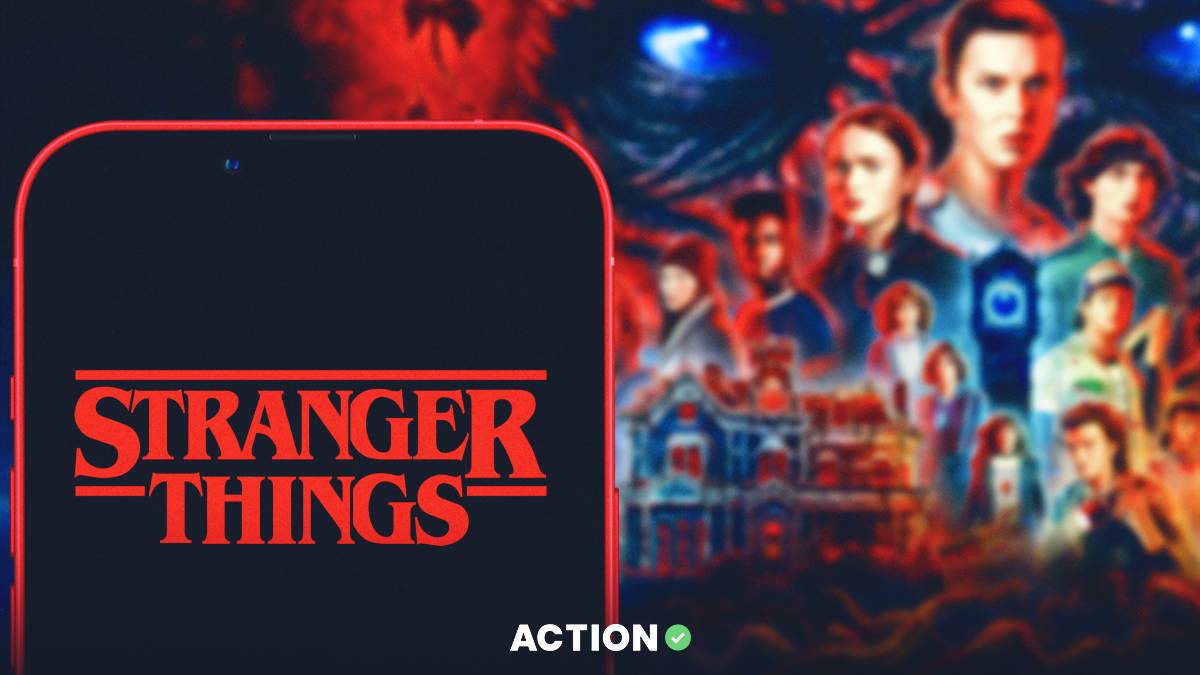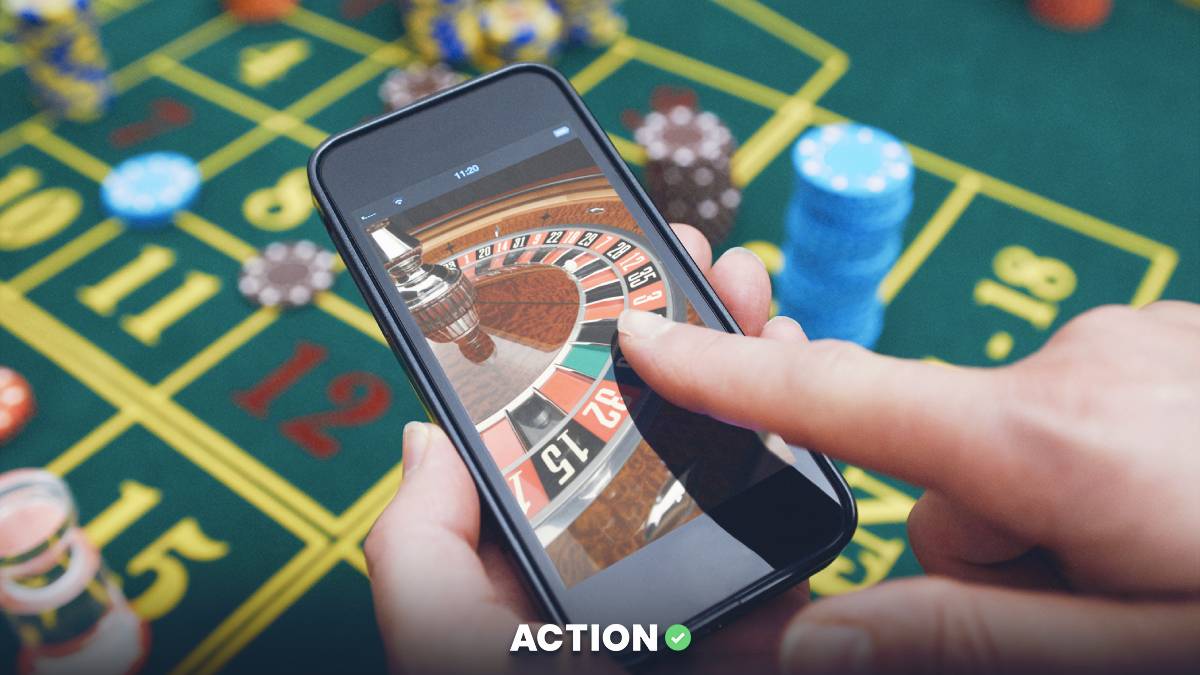On Tuesday morning, Fanatics announced that its new Fanatics Trading Cards business has acquired Topps for a reported $500 million.
It comes 138 days after news broke that Fanatics had essentially made deals to acquire the trading card licenses of the major American sports by agreeing to deals well into the future that paid cash as well as gave them equity into a newly formed phantom trading card company.
So collectors are obviously asking now, what’s next? We’re here to help.
Will this be Fanatics baseball cards or Topps?
Fanatics is essentially buying the Topps operation because, let’s be honest, it’s costly and time consuming to start from scratch. I’m told Fanatics has no intention to push its brand onto cards and the Topps brand will win out.
Fanatics has hired all 350 global employees of Topps. Will there be synergy and integration? Of course.
Fanatics is a mostly e-commerce platform. Does that mean that fighting for boxes at Walmart, Target and your local hobby stores will now be reduced to fighting virtually against bots?
This is the biggest fear, especially as the breaking business has become a cottage industry.
We can just go by what we’re told, but we’re told that execs at Fanatics understand the hobby and know how important hobby stores are. That being said, profit margin obviously shrinks for them if it goes from direct to consumer to wholesale to stores and card shops that also need a baked in cut.
What should we make of the acquisition?
Topps has a strong brand with many assets, but the way Fanatics and its chief honcho Michael Rubin negotiated future contracts, it handicapped Topps. They were going to lose baseball after 70 years. Rubin calculated that it would cost him less to offer guaranteed money to the union and the league (and give them equity in the new venture) than the delta between what it would cost him for Topps as it prepared to go public at a $1.3 billion valuation and what he could buy it for if diminished their future options.
The truth is had Topps gone public as it was preparing to do, it was probably heading to a $2 billion valuation immediately. At $500 million, it’s a good deal for both.
Topps still came away with a decent number for its assets and production and obviously for Fanatics it comes at a serious discount. Rubin has ownership in NFT company Candy Digital so expect synergy there as well as a more expanded line of Topps related merch.
Also expect cooperation the other way around. Fanatics has not been as strong as expected in quick-strike, moment-created merchandise that has been captured by companies like BreakingT. Fanatics can learn from the business that Topps created and executed with Topps Now.
The Fanatics card company was valued at $10.4 billion based on a $350 million raise on news that the NFL, MLB and NBA were in on future licensing deals as well as given equity stakes. How does that number make sense now?
Figure that Topps is still worth $1 billion (they aren’t buying the candy or gift cards division) when combined with the baseball license that Fanatics has. Panini has an NBA business that could be valued at $2 billion after you take away their international soccer business. Is Fanatics synergy, ingenuity and pipeline really worth an additional $7 billlon?
Many have applauded Rubin for raising the $10 billion, but there’s a lot of work to do. It doesn’t matter that much because Rubin still owns the majority of the vehicle.


